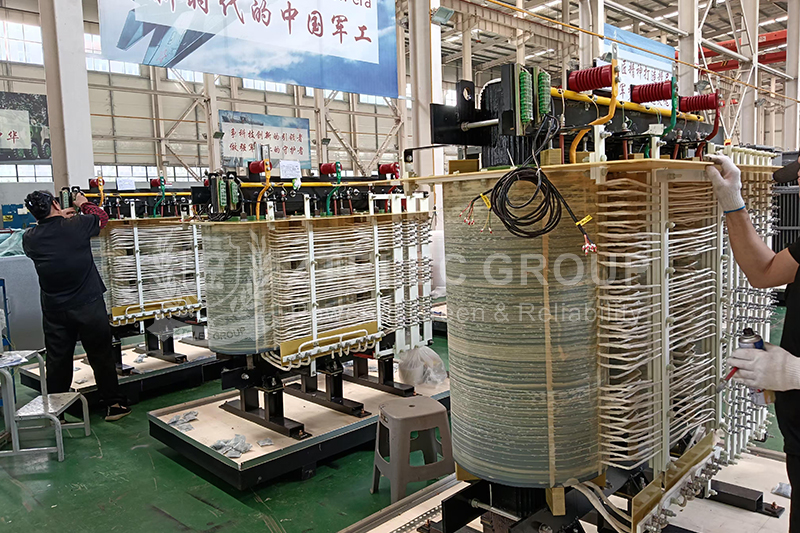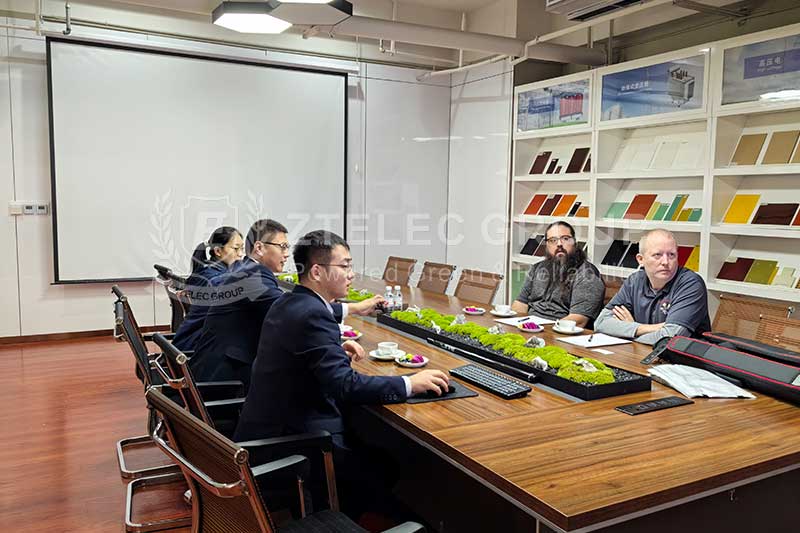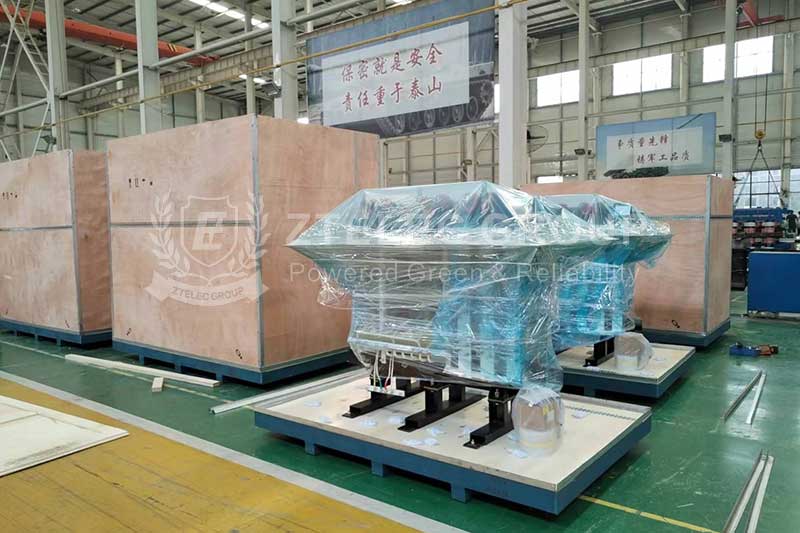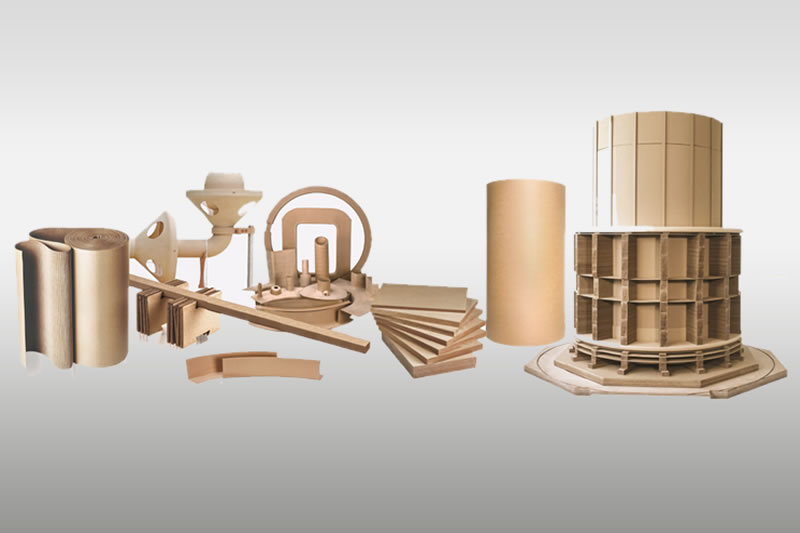EPGC308 Epoxy Sheet — Electrical Insulation Material
In the field of electrical insulation materials, EPGC308 epoxy sheet is a widely used and highly important product, belonging to the category of epoxy laminated glass fabric sheets. This article will introduce the material in detail from multiple aspects, including its definition, nomenclature, properties, manufacturing process, applications, machining considerations, and material comparisons—helping you gain an in-depth understanding of its value and suitable scenarios.
Definition of EPGC308 Epoxy Sheet
EPGC308 epoxy sheet is a rigid laminated insulation material, whose composition and production process follow clear standards:
Reinforcement material: Electrical-grade alkali-free glass fiber cloth, which provides excellent structural support and mechanical strength.
Adhesive material: Epoxy resin, serving as the binder, endowing the sheet with outstanding electrical insulation, chemical resistance, and heat resistance.
Forming process: Through the steps of impregnation → drying → hot pressing and curing, the material is processed under high temperature and high pressure to form a hard, stable, sheet-shaped product.

Key Properties and Advantages of EPGC308 Epoxy Sheet
The wide application of EPGC308 comes from its well-balanced and outstanding overall performance:
Excellent Electrical Insulation:
Maintains high insulation resistance and dielectric strength even under high-frequency and high-voltage conditions.
Less affected by environmental humidity, ensuring stable performance.
Good Mechanical Properties:
High mechanical strength and rigidity, with good bending and impact resistance.
Owing to its “C” (cold-punchable) characteristic, it can be easily processed through cutting, drilling, turning, milling, and other machining methods with high efficiency.
High Heat Resistance:
Classified as H-class insulation material, with a continuous operating temperature up to 180 ℃ and capable of withstanding even higher temperatures for short periods.
Excellent Moisture and Chemical Resistance:
Dense epoxy resin structure with low water absorption, enabling effective resistance in humid environments.
Strong resistance to common acids, alkalis, solvents, and oils.
Good Dimensional Stability:
Minimal changes in shape and size under conditions of high temperature and humidity, which is critical for precision components.
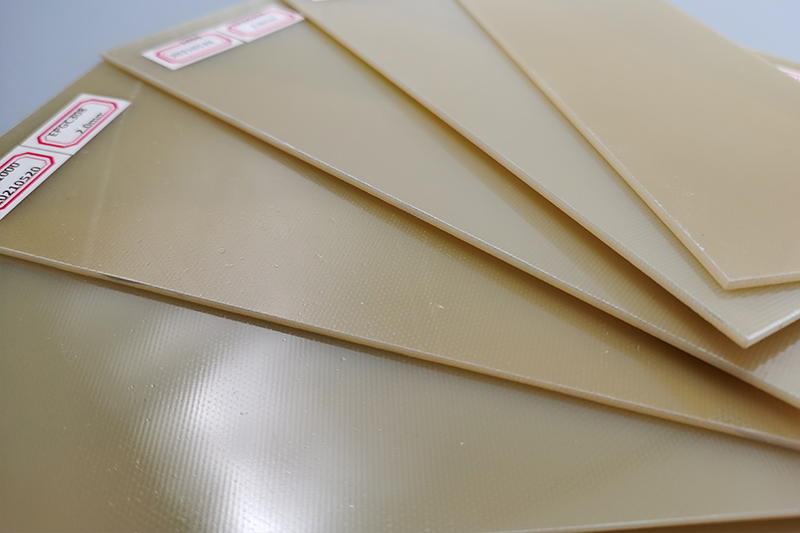
Manufacturing Process of EPGC308 Epoxy Sheet
The main production process includes the following steps:
Glass fiber cloth preparation → Epoxy resin impregnation (coating) → Drying (semi-cured sheets) → Stacking → Hot pressing and curing under high temperature and pressure → Trimming → Inspection → Packaging
Typical Applications of EPGC308 Epoxy Sheet
As a core insulation material in motors and electrical equipment, EPGC308 epoxy sheet is widely applied across two major domains: electrical insulation and mechanical structures.
1.Electrical Insulation Applications
Transformers: Used as insulation barriers between windings in dry-type transformers, replacing traditional cardboard. Compared with cardboard, EPGC308 offers higher thermal class and longer mechanical life, improving the stability and service life of transformers.
Switchgear: Applied as insulating components such as contact boxes and insulators in high-voltage switchgear. These parts must withstand high-voltage surges and arc erosion, and the material’s excellent insulation and arc resistance ensure safe operation.
Motors: Serves as slot wedges and inter-phase insulation. It reduces eddy current losses during motor operation, lowers energy consumption, isolates currents between windings to prevent short circuits, and improves motor efficiency.
2.Mechanical Structure Applications
Light-load Transmission Parts: In light-load transmission systems, it can replace metal gears and bearings, not only reducing operating noise but also lowering component weight—ideal for applications requiring lightweight design, such as small motors and precision transmission equipment.
Thermal Insulation Components: Used as thermal insulation layers in high-temperature furnaces and industrial molds. Thanks to its heat resistance and low thermal conductivity, it reduces heat transfer and loss, lowers energy consumption, and protects surrounding components from high-temperature damage.
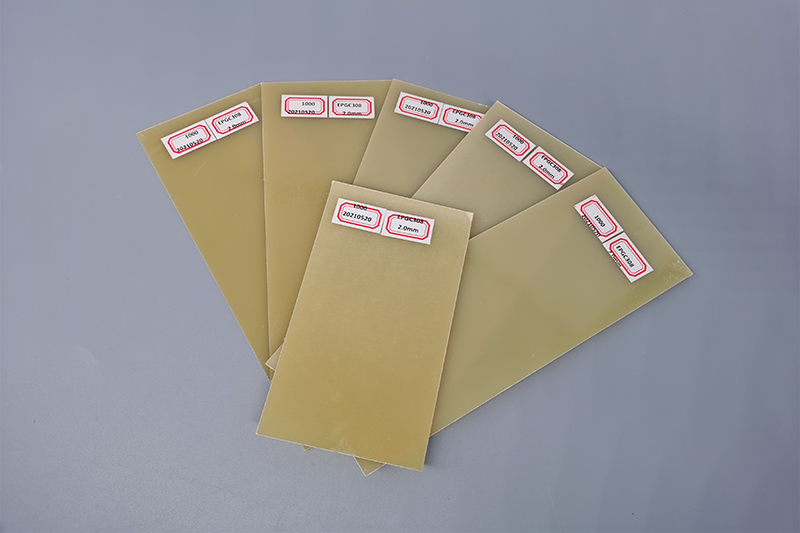
Machining and Usage Considerations
Machining Methods: Although cold punching is possible, for thicker sheets (e.g., >3 mm) or complex shapes, preheating to about 60–80 ℃ before machining is recommended to reduce internal stress and avoid edge cracking. For drilling, sharp tungsten carbide drill bits are advised.
Dust Protection: Mechanical machining generates glass fiber dust, so dust extraction equipment should be used. Operators must wear masks and protective goggles.
Storage Conditions: Store in a dry, ventilated, and flat warehouse, away from heat sources and direct sunlight.
Comparison with Other Insulation Materials
vs. Bakelite Sheet (Phenolic Paper Laminates, e.g., FR-1/FR-2):
EPGC308 surpasses phenolic paper laminates in mechanical strength, heat resistance, moisture resistance, and electrical performance, though it is more expensive. Phenolic sheets are typically used in less demanding civilian and consumer electronics applications.
vs. Epoxy Glass Cloth Copper-Clad Laminate (FR-4):
FR-4 is essentially a copper-clad version of EPGC, with similar core substrate properties. EPGC308 is a pure insulation sheet, while FR-4 is mainly used for manufacturing printed circuit boards (PCBs).
EPGC308 epoxy sheet is a well-balanced, high-reliability rigid insulation and structural material, offering:
A perfect combination of epoxy resin’s excellent electrical insulation and chemical resistance with glass fiber cloth’s high strength and heat resistance.
Convenient machinability, including “cold punching,” to meet diverse component forming needs.
With these features, EPGC308 epoxy sheet is an ideal choice for insulation and light-load structural parts in mid-to-high-end electrical equipment such as dry-type transformers, high-voltage switchgear, and precision motors. Whenever your application requires stable performance in terms of strength, insulation, durability, and processability, EPGC308 epoxy sheet is typically the most reliable and cost-effective option.
- more+releated article
- 2025-12-13How to Select and Use Phenolic Cloth-base Lami
- 2025-12-13How Much Does Bakelite Sheet Cost? 2025 Price
- 2025-12-13Why are most 3240 epoxy boards yellow?
- 2025-12-13What are the Main Applications of FR4 Epoxy Bo
- 2025-12-13Why Does the Price of Insulating Paperboard Va
- 2025-12-13Heat-Resistant DDP Insulation Paper
- 2025-12-13Comparison of Heat-Resistant DDP Insulating Pa
- 2025-12-13G10 and FR4 Epoxy Boards: Commonly Used for Ge
- 2025-12-13The Price of Heat-Resistant DDP Insulation Pap
- 2025-12-13How to Choose Epoxy Laminate Materials for Gen

